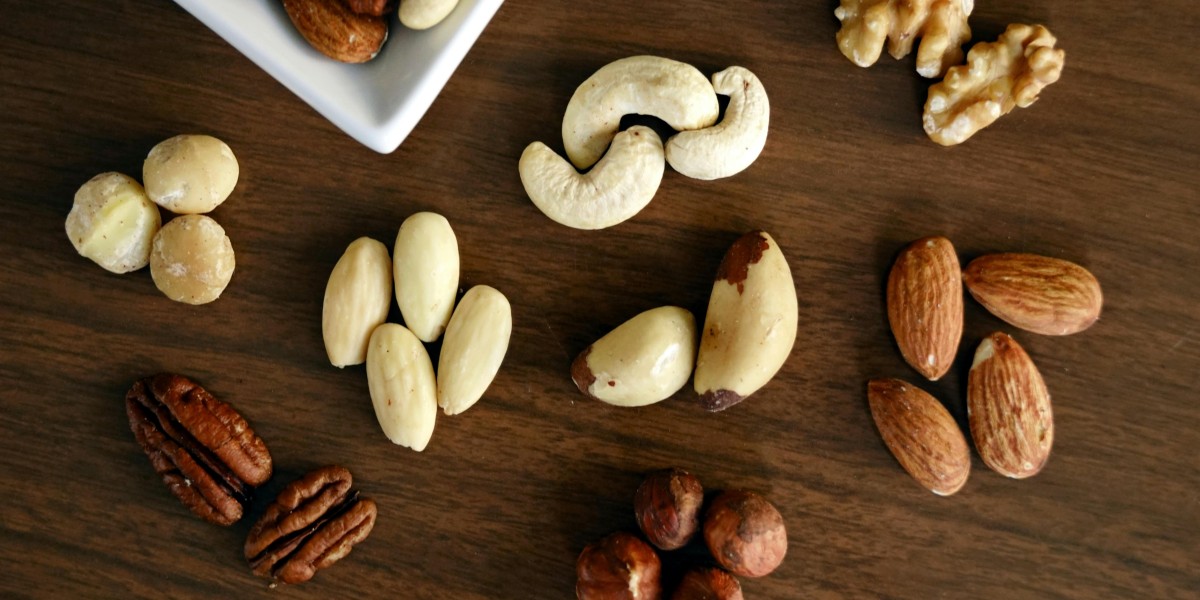What Is the Menstrual Cycle?
The menstrual cycle is a recurring, hormone-driven process that prepares the female body for pregnancy. A typical cycle lasts 21 to 35 days, beginning on the first day of your period and ending when the next one starts.
The cycle is divided into four main phases:
Menstrual Phase
Follicular Phase
Ovulation
Luteal Phase
Each phase comes with specific hormonal changes and physical or emotional symptoms.
Menstrual Cycle Phases Explained
1. Menstrual Phase (Day 1–5)
Your period begins; the uterine lining sheds.
Hormone levels (estrogen and progesterone) are at their lowest.
Common symptoms: cramps, fatigue, low mood.
Tip: Rest, hydrate, and eat iron-rich foods.
2. Follicular Phase (Day 1–13)
Estrogen rises as follicles grow in the ovaries.
Energy and creativity often increase.
Best time for high-impact workouts and new projects.
3. Ovulation Phase (Around Day 14)
An egg is released; estrogen and luteinizing hormone (LH) peak.
Fertility is at its highest.
Signs: increased libido, clear stretchy cervical mucus.
Tip: If you're trying to conceive, this is your fertile window.
4. Luteal Phase (Day 15–28)
Progesterone rises to prepare the uterus.
PMS symptoms may appear: bloating, mood swings, cravings.
Tip: Focus on self-care and manage stress levels.
Why You Should Understand Your Cycle
Understanding your period isn’t just about knowing when your next one starts — it’s about hormone awareness and body literacy.
Benefits include:
Natural fertility tracking
Managing PMS symptoms
Syncing workouts and productivity
Spotting abnormal cycle patterns early
Final Thoughts
Your menstrual cycle is more than a monthly inconvenience — it's a powerful feedback system. By tuning into its rhythm, you gain deeper insights into your physical and emotional health.
Embrace your cycle. Track it. Work with it — not against it.





